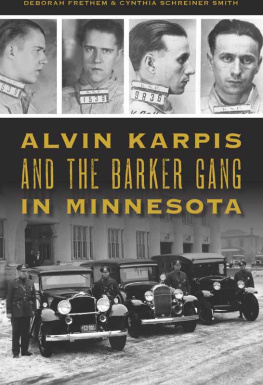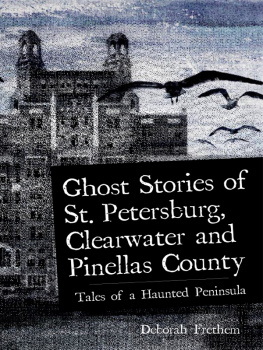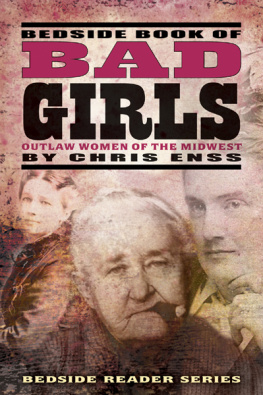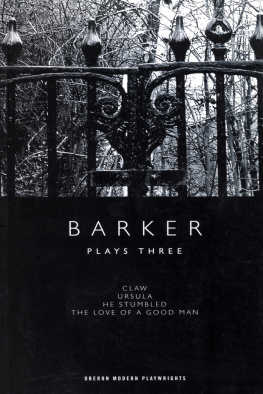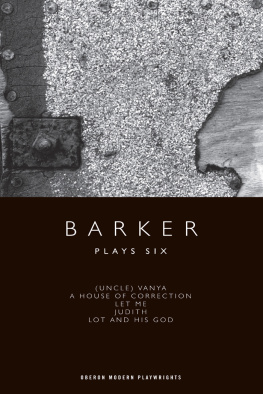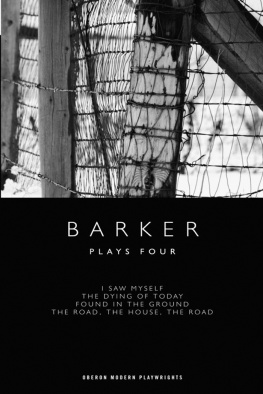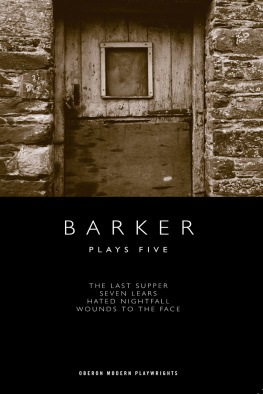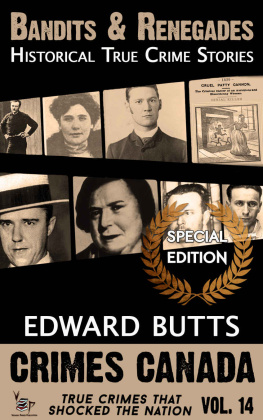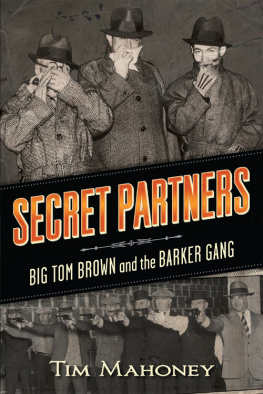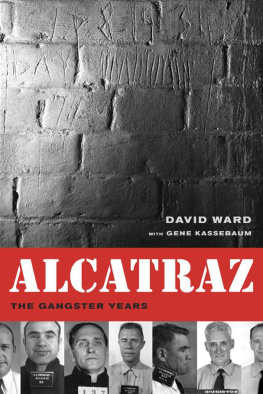


Published by The History Press
Charleston, SC
www.historypress.com
Copyright 2020 by Deborah Frethem and Cynthia Schreiner Smith
All rights reserved
First published 2020
E-Book edition 2020
ISBN 978.1.4396.7130.6
Library of Congress Control Number: 2020938500
Print Edition ISBN 978.1.4671.4622.7
Notice: The information in this book is true and complete to the best of our knowledge. It is offered without guarantee on the part of the authors or The History Press. The authors and The History Press disclaim all liability in connection with the use of this book.
All rights reserved. No part of this book may be reproduced or transmitted in any form whatsoever without prior written permission from the publisher except in the case of brief quotations embodied in critical articles and reviews.
For Craig Frethem and Bick Smith for their love and support. And for Lucy Smith, Signe and Millie Frethem.
CONTENTS
ACKNOWLEDGEMENTS
Thank you to Craig Frethem, Bick Smith, Robert Livesey, Pam Paden Tippet, the St. Paul Police Historical Society, Fred Kaphingst, Ed Steenberg, Jeff Neuberger, Greg Brick, Charlie the Cat, Cathy Seiford, the Wabasha Street Caves, Deb Wheeler and Ted Prince. Special thanks to John Rodrigue of The History Press for having the patience to let us make this the book we knew it could be.
A NOTE REGARDING THE FBI
The organization we now know as the FBI was founded on July 26, 1908, and was then known as the Bureau of Investigation. It was not known as the Federal Bureau of Investigation until 1935. For this book, we will use the term FBI to refer to this organization during the era we are discussing.
PART I
WHY MINNESOTA?
JOHN J. OCONNOR
With its reputation for Minnesota nice, the state is not often the first one that comes to mind regarding criminal activity. But there is a good reason why many of the motorized bandits of the 1930s called Minnesota home. That began long before the era itself. The foundation was laid in the early twentieth century with the appointment of a new police chief, John J. OConnor. The Saint Paul Globe newspaper published an article on June 3, 1900, waxing ecstatic about the new appointment: In a few days the city will again have a police force with an experienced officer at its head.
The new chief was born in Kentucky on October 29, 1855. His parents, John and Catherine OConnor, moved to St. Paul the following year. His two younger brothers were born in Minnesota: Richard Thomas (born on June 21, 1857), who went on to become important in city government, and Daniel (born in 1860), who served on the St. Paul police force as a detective until his death in a freak accident in 1895. When he was a young man, John J. OConnor worked as an accountant but joined the police force as a detective when he was twenty-six years old. He soon became a well-respected and highly effective officer, solving many difficult cases and apprehending suspects for several high-profile crimes. He was known for his intelligent, logical and reasoned approach to a challenging case. He was a large man physically, standing over six feet, three inches, which earned him the nickname of Big Fellow or, sometimes, Big Boy.
He was appointed chief of police on June 1, 1900. He worked hard to improve the department and make it more efficient. He was a popular man throughout the city because he reduced crime and made St. Paul a safer place for the citizens. There was very little money in the city budget for law enforcement, and OConnor, who was a good cop, had to make the department run on limited resources.
Chief OConnor had an idea to keep St. Paul safe. He called it opposing organized crime with organized intelligence. It would come to be known as the OConnor Layover System, even though OConnor himself never used that phrase. He allowed criminals to stay in St. Paul if they committed no crimes within the city, and he personally made sure that they adhered to his rule. If they behaved themselves, I let them alone, he said. But if they stepped out of line, they might find themselves locked in a room with the chief himself, from which they might emerge in far worse shape than when they entered. He and his officers were aware of every criminal who entered their city. Many criminals appreciated and enjoyed the haven of St. Paul, so they often helped with enforcement themselves. No one wanted another crook to disrupt the system.

John J. OConnor, chief of the St. Paul police department, circa 1912. Courtesy of the St. Paul Police Historical Society.
The idea worked well throughout OConnors tenure, which lasted from 1900 to 1912 and again from 1914 to 1920. Violent crime was practically nonexistent. The citizens of St. Paul were happy with their police and the state of their city. Surrounding municipalities were less pleased, as some criminals used St. Paul as their home base while committing crimes in nearby towns.
Chief OConnor retired in 1920. He died in July 1924 in Glendale, California, where he had moved for health reasons. His body was brought back to St. Paul and entombed in an elegant mausoleum at Calvary Cemetery. He had amassed an estate of more than $250,000, a huge amount of money for that time.
Good ideas can often go wrong, and the best of intentions can have unintended consequences. OConnors departure radically changed the situation. An article in the New York Daily News from April 8, 1934, noted, Gangsters who came to St. Paul in Big Johns day to behave have remained to rob, kill, and kidnap. That isnt exactly true. The gangsters who committed hideous crimes in the 1930s were an entirely new group of vicious men and women. This same article acknowledges that the system worked well under OConnor but says that the city was now paying the price in blood and money.
After OConnor retired, St. Paul police chiefs changed with alarming frequency. Between 1920 and 1930, seven men served, some of them for a short time, leaving office and then returning to serve again. The last of these men was Thomas Brown, chief from 1930 through 1932. Under his leadership, the system became a full-blown partnership between the police and the criminals. Chief Brown was a true enabler of the Karpis-Barker Gang, as was made abundantly clear by subsequent events.
THE THREE RULES
Under the OConnor Layover System, a visiting criminal had to follow three basic rules.
First, no crime was to be committed within the city limits of St. Paul. During most of the early part of the twentieth century, the rule was followed well. Robbery was almost unheard of. Violent crimes of passion, like murder and assault, were extremely rare and committed by local citizens, not by career criminals. This prohibition against crime did not apply to vice. Gambling, prostitution and illegal alcohol flourished.
Prostitution was regulated in an unorthodox manner. St. Paul officials realized that eradicating the worlds oldest profession would be impossible. They decided they would control it through a system of fines. A madam would not be arrested, but rather would appear in court monthly, where she would plead not guilty to running a disorderly house. The judge would find her guilty and assess a small fine, usually twenty to twenty-five dollars. She would pay the fine and go back to work, making her appearance at the court to repeat the process the following month. In fact, in 1890, John J. OConnor married a St. Paul madam, Anna B. Murphy.
Next page
